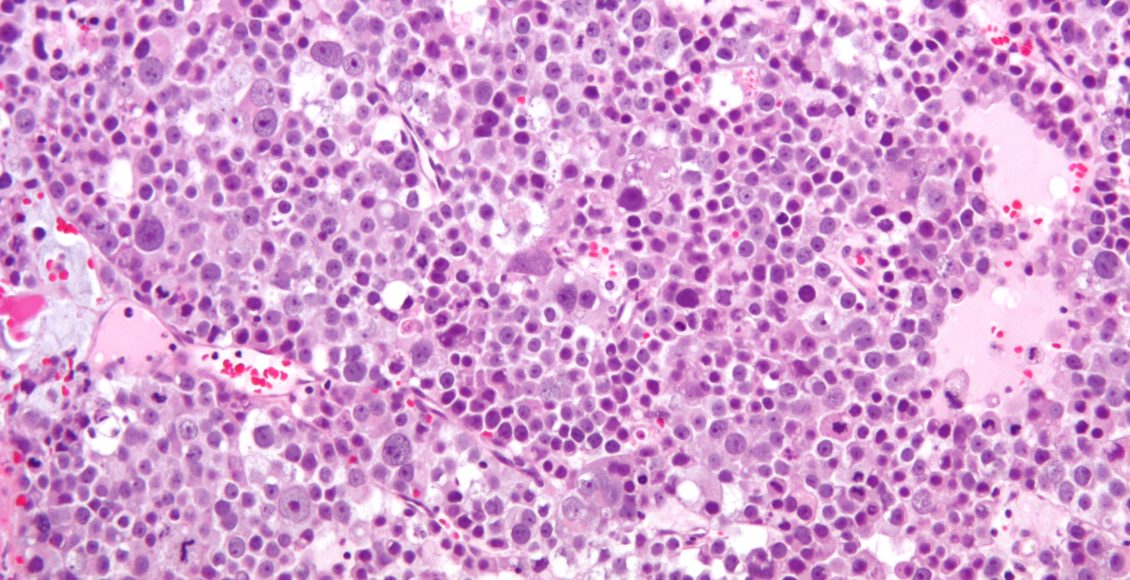A Closer Look at the Data: Testicular Cancer

Movember is an annual event that takes place during November to raise awareness and support for issues related to men’s health. In particular, testicular cancer, prostate cancer, and suicide, the three of which are chiefly responsible for several thousand deaths each year: in the United States alone, just under 30 000 men died from prostate cancer in 2018. Suicide is not a disease that afflicts only males; however, the ratio of age-standardized suicide rates is 1.8 times higher than that of females globally. Testicular cancer is only responsible for 1% of malignancies in men, but this has been increasing in many countries around the world with no known reason. Below, are the rates of some common cancers among men over a period of 16 years.
Prevalence rates are shown to increase over time (prevalence is represented as a rate per 100 000 population showing global estimates of existing cases of cancer for men aged 15-49). Testicular cancer is notably high. Indeed, onset is most likely to occur among men aged 15-35. However, it does not account for the majority of cases in the world: these belong to those aged 50+, where the most prevalent cases are prostate cancer; colon and rectum cancers; and tracheal, bronchus, and lung cancers. Prostate cancer affects an estimated 5.7 million people in the world today, testicular cancer around 400 000.
How does testicular cancer vary geographically? Below is a coloured map of the world with national prevalence statistics for testicular cancer. Among the highest are Chile, Germany, Slovakia, and Norway. The United States sits in 10th place, with an estimated 81.8 cases testicular cancer per 100 000 people.
The picture is different when we change the statistic from prevalence to death rate (note: the 5-year survival rate for testicular cancer is 95.3%). The resulting graphic is not surprising given the massive inequities in health care access and quality around the world. While there is no cure as of yet, testicular cancer is still highly treatable. Patients may undergo surgery, radiation therapy, or chemotherapy.
Implementations of feasible, affordable, and sustainable interventions worldwide are particularly important if countries wish to effectively address testicular cancer (and all others). As rates of testicular and prostate cancers rise among young men, it is important that accessible care is not overlooked. Whereas other cancers may be tackled by modifying environmental determinants, testicular cancer has no known risk factors, making it a painful endeavor for many men and prompting others to explore their masculinity and sexuality after surgery.
For more information on available health data related to the Global Burden of Disease, check out the website for the Institute of Health Metrics and Evaluation. For more on health and data, follow the author on Twitter: @hummushero.




